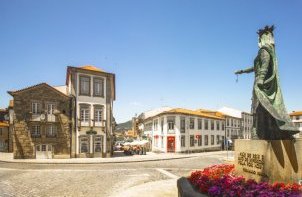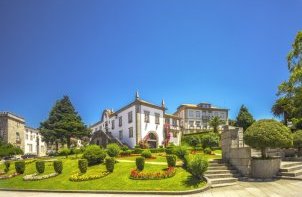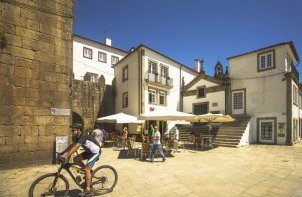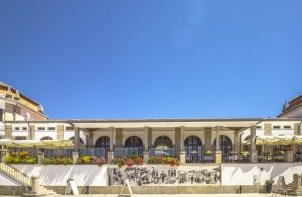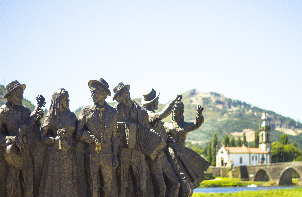
Considered the most important monument in the county, the Bridge has joined the two banks of the Lima for two thousand years. A unique structure from the time of the Roman Emperor Augustus, it was extended in the Middle Ages, possibly due to a change in the course of the river or due to the ravages of time or war. The bridge was an integral part of the main Roman Road from Braga which led to the north-west of the Iberian Peninsula and would later become part of the Portuguese Way to Santiago.
The construction of the bridge began during the reign of King Denis and it was already nearing completion in the summer of 1316, according to a document kept for centuries in the archives of the Viscounts of Vila Nova de Cerveira/Marquesses of Ponte de Lima, and recorded in the corresponding Chancellery at the Torre do Tombo.
The whole construction was concluded in 1359 – when King Peter I visited the town. He only ordered the town wall and its towers to be built, according to the tombstone found close to the church of Santo António (da Torre Velha), across the river in the parish of Arcozelo. The fortification was completed during the reign of King Fernando, according to the Charter of 19 May 1370, with a copy of Book I of the Correias, kept in the Municipal Archives.
In the early sixteenth century, King Manuel I ordered the bridge pavement to be restored and merlons to be added (1506) and this was how it remained until the early twentieth century, when the battlements disappeared. The stone pavement of setts was laid in 1927 and remained until 1989, the date of the last intervention by the Portuguese Monuments Commission.
